6 GPTs for Public Sector Powered by AI for Free of 2025
AI GPTs (Generative Pre-trained Transformers) for the Public Sector refer to advanced artificial intelligence technologies specifically tailored for use in government and public service applications. These tools leverage the power of machine learning to understand, generate, and process natural language, enabling them to perform a wide range of tasks relevant to public sector needs. From automating customer service inquiries to analyzing policy documents, AI GPTs for the Public Sector are designed to improve efficiency, accessibility, and the quality of public services.
Top 6 GPTs for Public Sector are: SAM.gov Contract Assistant,体制薪资,Public Management Innovation,Learning and Government Explorer,Leadership Coach,Government Job Description Generator
SAM.gov Contract Assistant
Unlock Government Contracts with AI
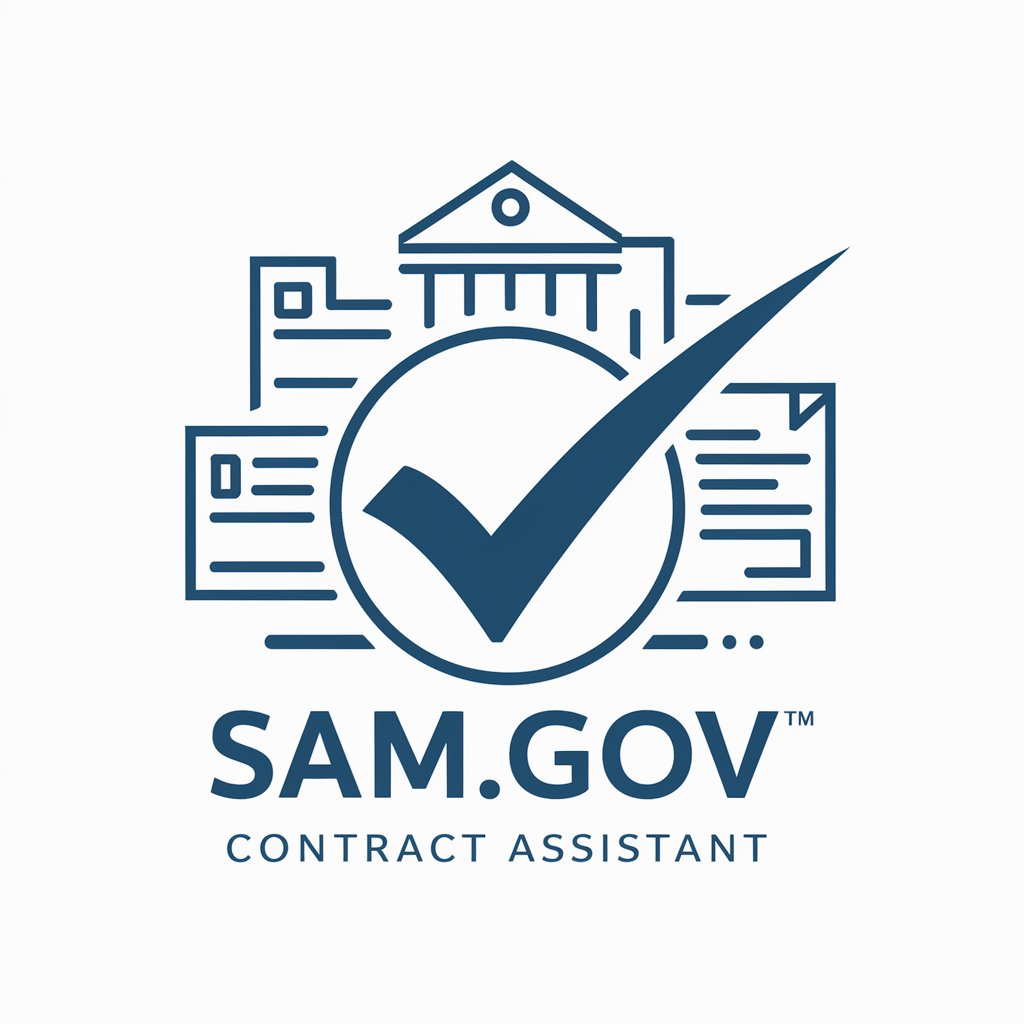
体制薪资
Navigate Your Public Sector Career with Confidence
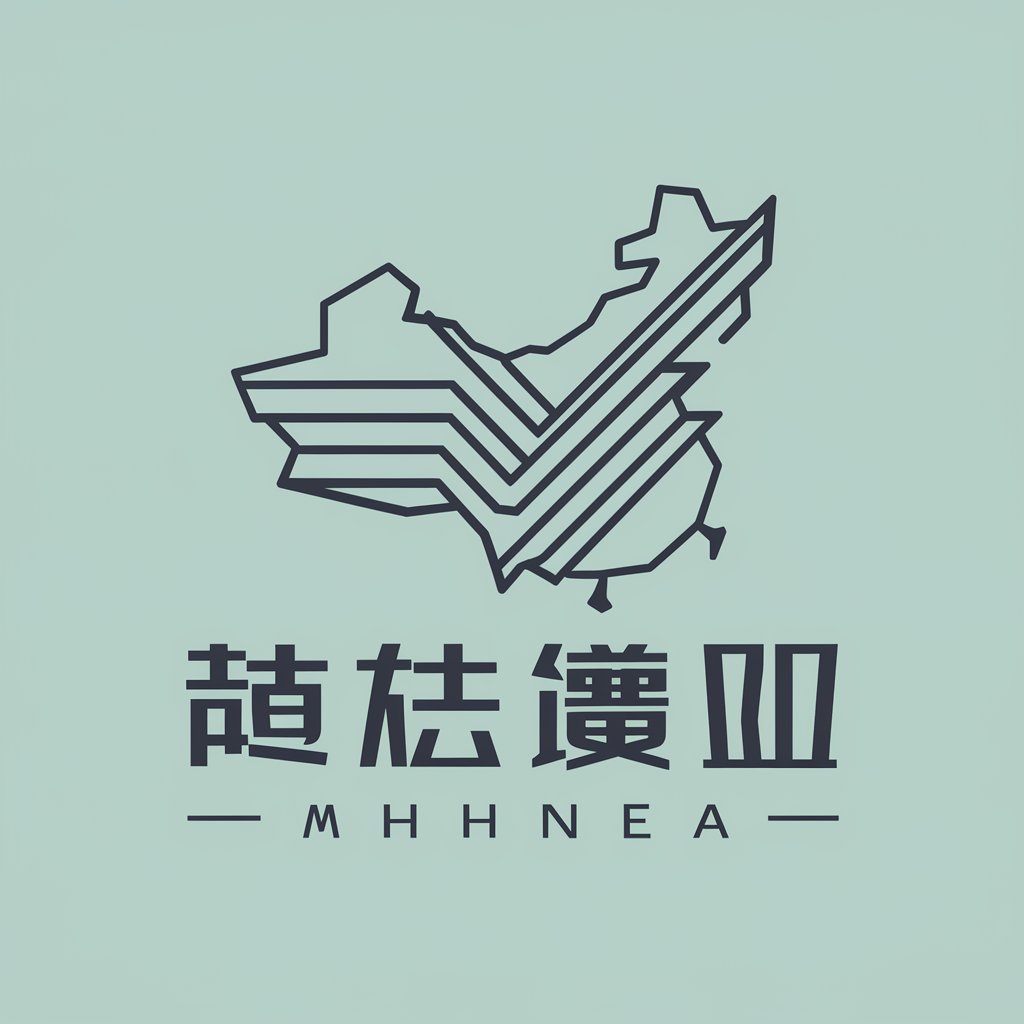
Public Management Innovation
Innovating Public Management with AI
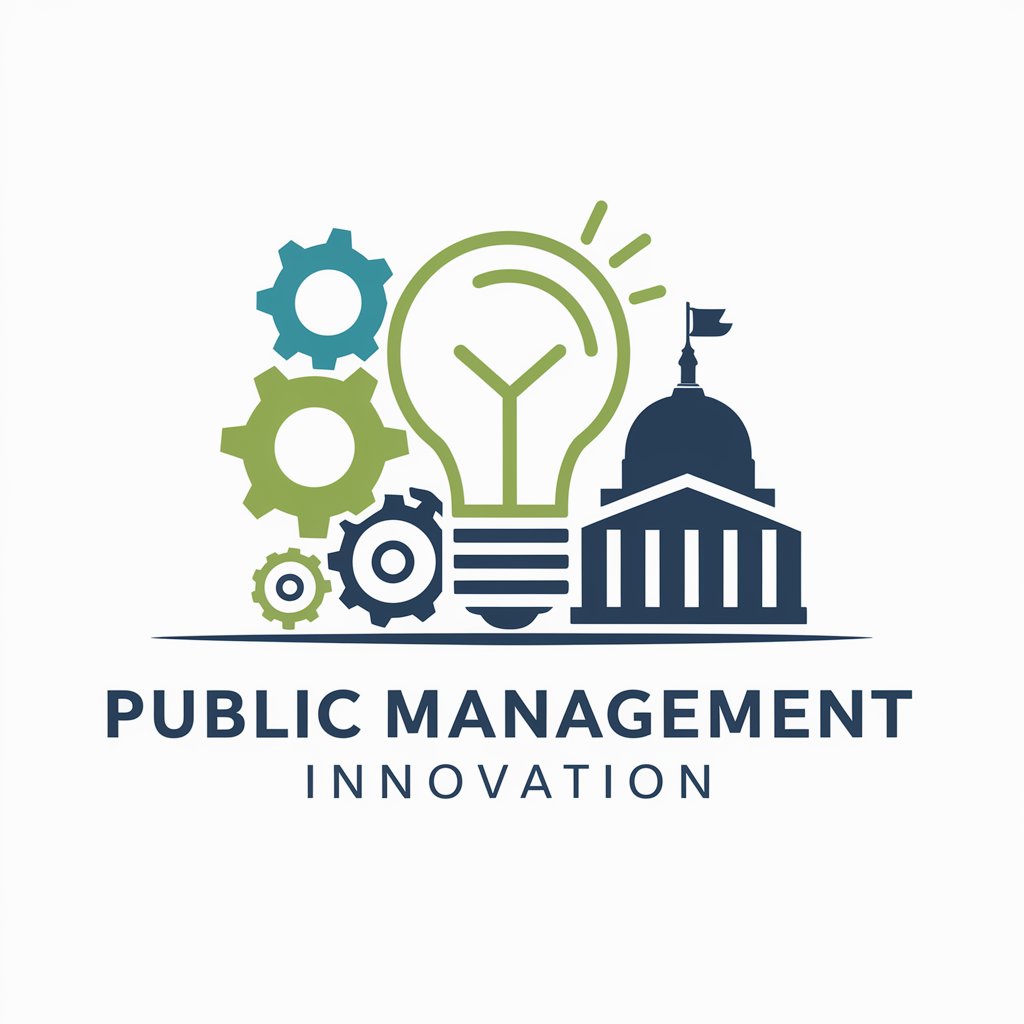
Learning and Government Explorer
Empowering Governmental Insights with AI
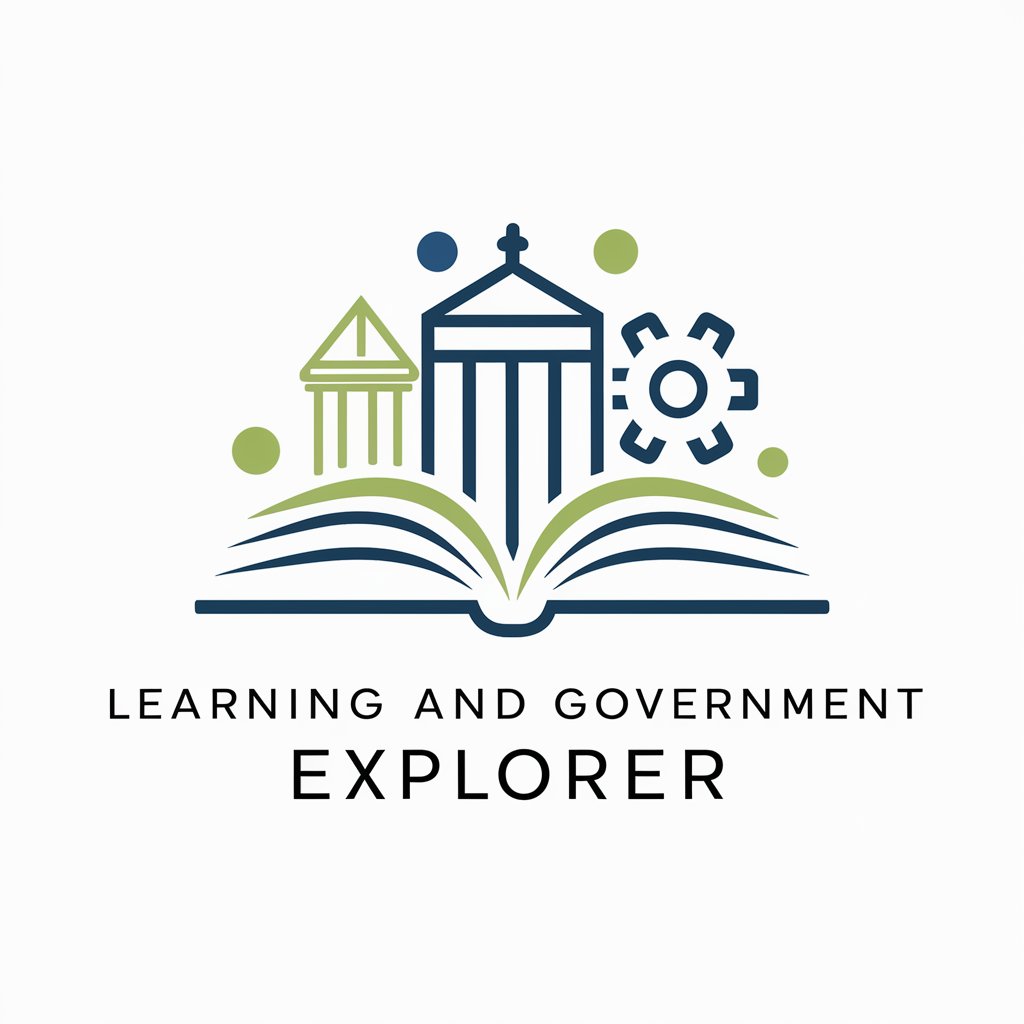
Leadership Coach
Empowering Leaders with AI
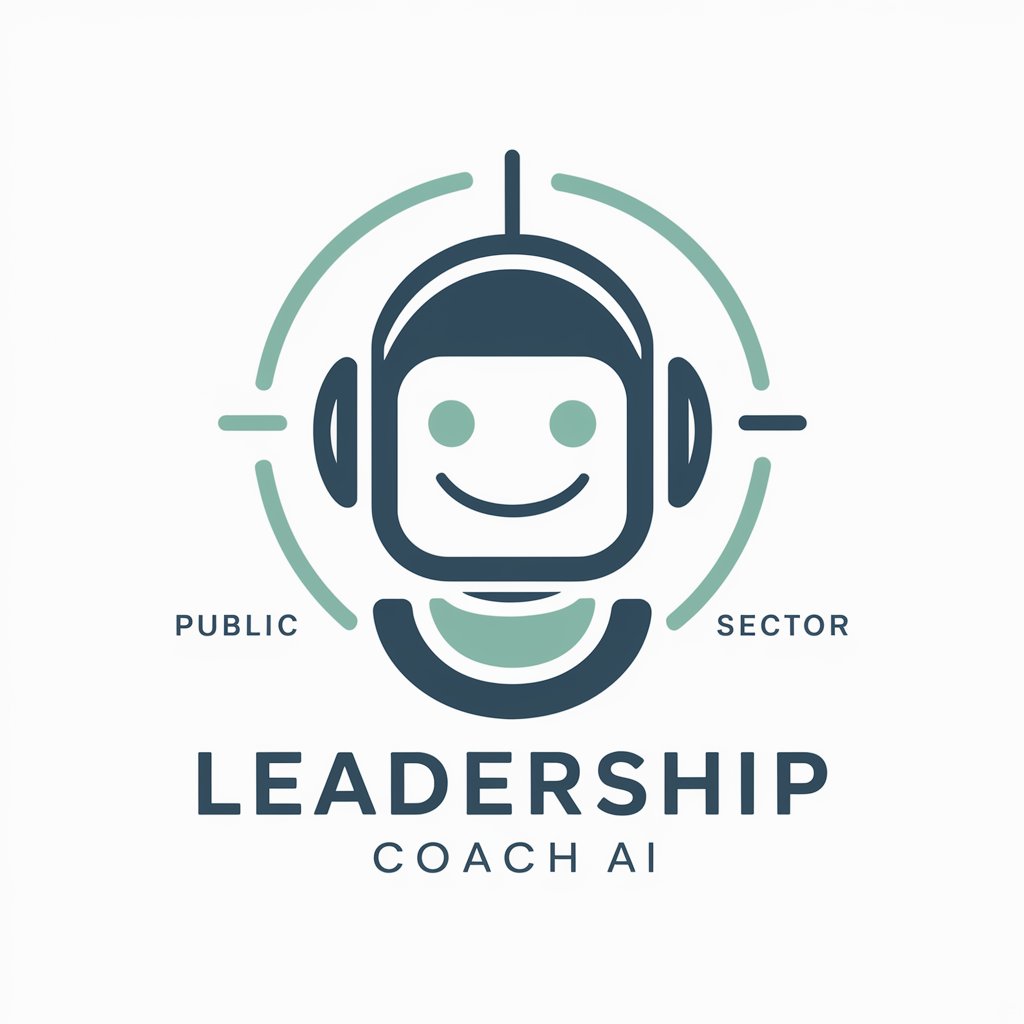
Government Job Description Generator
Crafting Municipal Excellence with AI

Essential Qualities of Public Sector AI GPTs
AI GPTs tools for the Public Sector come equipped with several unique features tailored to the needs of government and public organizations. These include advanced natural language understanding for processing public inquiries, document analysis capabilities for policy and legal documents, and customizability to specific public sector applications. Furthermore, they offer scalability to handle large volumes of requests, language learning for multilingual communication, and secure data handling practices to protect sensitive information.
Who Benefits from Public Sector AI GPTs
The primary users of AI GPTs tools in the Public Sector include government officials, public service employees, and IT professionals within governmental agencies. These tools are designed to be user-friendly for non-technical staff, offering intuitive interfaces for automating routine tasks and responding to public inquiries. At the same time, they provide robust programming capabilities for developers and IT specialists to create sophisticated applications tailored to complex public sector challenges.
Try Our other AI GPTs tools for Free
Advanced Studies
Explore AI GPTs for Advanced Studies: Tailored AI tools designed to elevate research, learning, and professional expertise with sophisticated analysis and content generation capabilities.
Hair Makeover
Revolutionize your look with AI-powered Hair Makeover tools, offering personalized hairstyle and color advice tailored to your unique preferences and features.
AI Stylist
Discover how AI GPTs for AI Stylist are transforming personal styling with customized fashion advice, trend forecasting, and design insights.
Feedback Tracking
Discover how AI GPTs for Feedback Tracking revolutionize the way feedback is collected, analyzed, and utilized to drive product and service excellence.
Math Analysis
Explore AI GPTs for Math Analysis: Revolutionizing mathematical problem-solving with advanced AI technology, tailored for everyone from students to professionals.
GST Guidance
Explore AI GPTs for GST Guidance, your AI-powered assistant for navigating Goods and Services Tax regulations, compliance, and advisory with ease.
Further Exploration into Public Sector AI GPTs
AI GPTs for the Public Sector offer revolutionary potential for enhancing public services. Their adaptability to various languages and scalability ensures they can meet the needs of growing populations and evolving challenges. Moreover, their integration capabilities allow for a seamless blend into existing systems, providing a smooth transition towards digital transformation in the public sector.
Frequently Asked Questions
What are AI GPTs for the Public Sector?
AI GPTs for the Public Sector are artificial intelligence tools designed to support government and public service applications with tasks such as document analysis, public inquiry response, and policy development.
How do these AI tools improve public services?
They streamline operations by automating routine tasks, improving response times to public inquiries, and providing data-driven insights for policy and decision-making processes.
Can non-technical staff use these AI tools effectively?
Yes, these tools are designed with user-friendly interfaces that enable non-technical staff to leverage AI capabilities without needing programming skills.
Are these AI tools secure for handling sensitive information?
Yes, AI GPTs for the Public Sector incorporate advanced security measures to ensure that sensitive information is processed and stored securely.
Can these tools be customized for specific public sector needs?
Absolutely. They offer extensive customization options, allowing developers to tailor applications to meet the unique challenges and requirements of different public sector domains.
Do AI GPTs support multilingual communication?
Yes, they are capable of learning and communicating in multiple languages, making them suitable for diverse populations and regions.
How do AI GPTs handle large volumes of data and inquiries?
These tools are scalable, meaning they can handle an increasing volume of tasks and data efficiently, ensuring consistent performance even under heavy demand.
Can AI GPTs integrate with existing public sector systems?
Yes, they are designed to integrate seamlessly with existing IT infrastructures and workflows, enhancing capabilities without disrupting current operations.